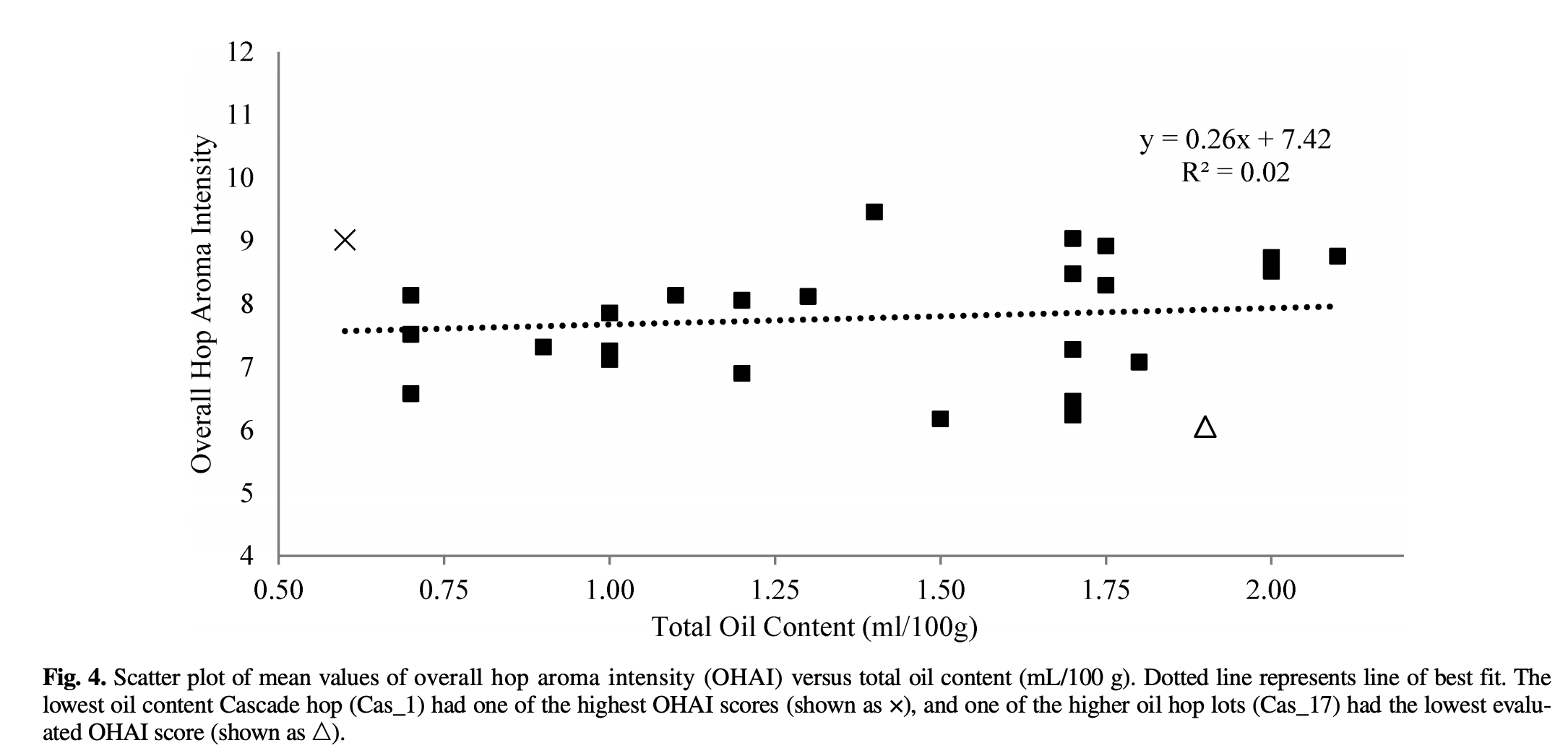You have to distinguish between two things, as "biotransformation" gets applied to the release of bound compounds (increasing the quantity of hoppiness) and to the conversion of compounds from one to another (affecting flavour, or the quality of hoppiness - and usually with a slight loss of quantity as the process is not 100% efficient). I wish people would start talking about eg "biorelease" and "bioconversion" rather than "biotransformation" which is too ambiguous to be useful.
Most of the focus of the testing by yeast labs (eg
Lallemand) has been on β-glucosidase releasing compounds bound to the hop as glucosides, but conversion definitely happens as well - just make up a litre of DME to 1.050, add 3g/l Chinook at 5 minutes and 3g/l Chinook in the whirlpool, split it in two and add US-05 to one and T-58 to the other. Same wort, different yeast - and you should get a very different flavour. US-05 will keep the "usual" grapefruit of the Chinook, T-58 will have a more complex, more limey flavour (at maybe 80% of the intensity).
Now it's up to the brewer whether they think it's desirable to make that tradeoff between complexity and intensity, but I think it's no coincidence that the likes of Tree House appear to have used a scoop of T-58 in the yeast blend for Julius, at least for a while. No doubt the 30g/l hop mob will just say that "more hops" is always the answer, but that ignores the contribution of yeast to flavour.
As for the oil thing - I think it does depend on the hop. You'd expect terpenol-heavy hops (ie piney/floral) to show more of a correlation with total oil content as you need more terpenol to give a flavour effect, whereas you need tiny amounts of thiols (tropical-winey) before they have a pronounced effect on the flavour.
So you'd expect there to be more of a correlation between oil content and intensity for "old-school" US hops, and less correlation for the new generation.




















![Craft A Brew - Safale S-04 Dry Yeast - Fermentis - English Ale Dry Yeast - For English and American Ales and Hard Apple Ciders - Ingredients for Home Brewing - Beer Making Supplies - [1 Pack]](https://m.media-amazon.com/images/I/41fVGNh6JfL._SL500_.jpg)










































